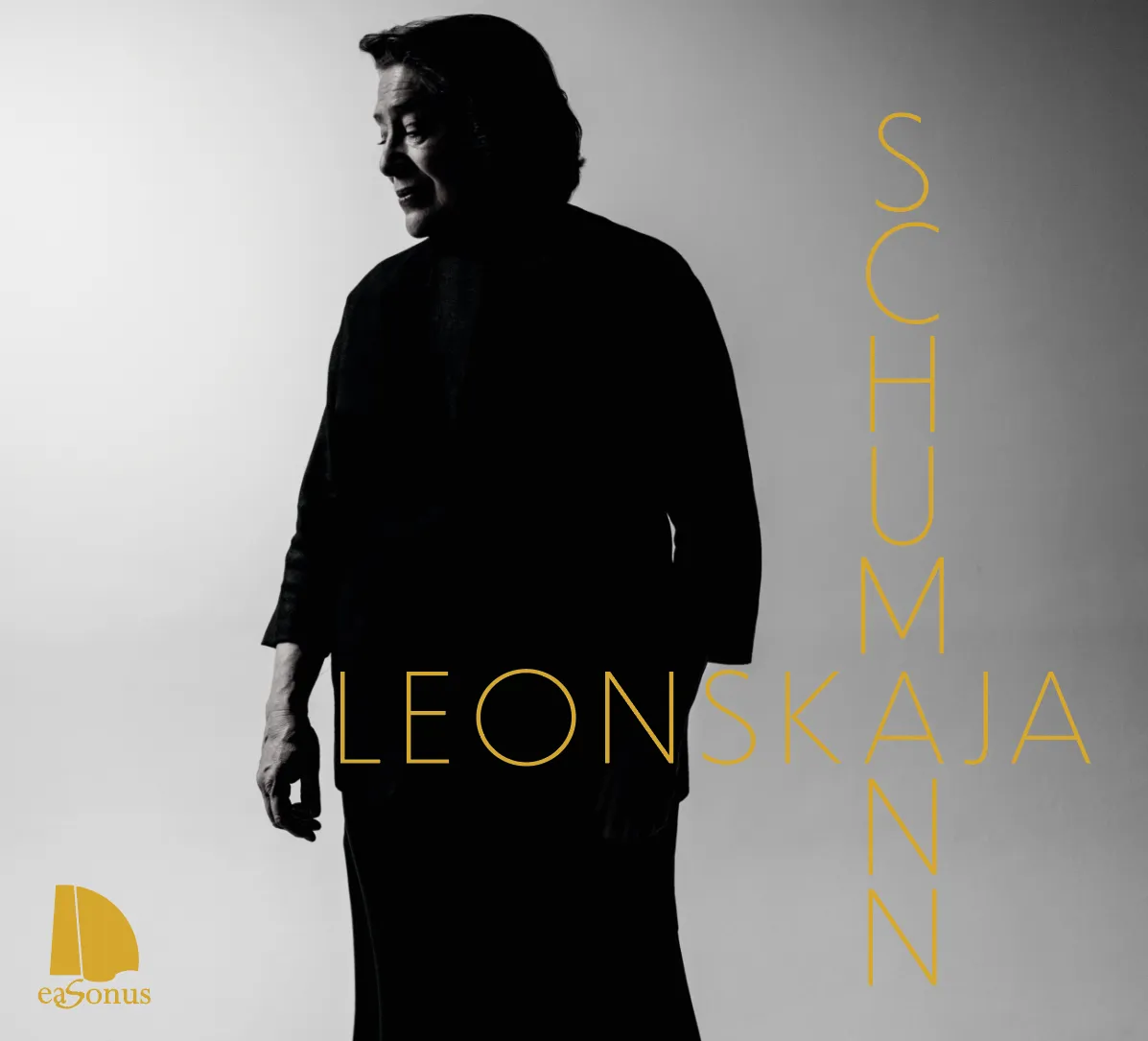
R Schumann Variations on the name 'Abegg' in F major, Op. 1; Papillons, Op. 2; Symphonic Etudes, Op. 13; Theme and variations in E flat major, WoO 24 'Geistervariationen'; Piano Sonata No. 1 in F sharp minor, Op. 11; Piano Sonata No. 2 in G minor, Op. 22 Elisabeth Leonskaja (piano) eaSonus EAS 29407 134:41 mins (2 discs)
Only in the light of Elisabeth Leonskaja’s two peerless four-disc sets of Schubert could we wish for more Schumann. The first of these two discs, even so, makes for a perfect concert. Pianists, note that the official Op. 1, the Abegg Variations, proves itself a splendid recital opener with its virginal candour, so effortlessly projected here.
At the core of what is loosely titled a ‘variations’ programme, the winsome, Chopinesque Papillons meets the graver, more Beethoven-like Symphonic Etudes. For the latter Leonskaja has chosen to present the variations Clara later had published, ending in purest poetry, before the official set. The pianist’s seemingly spontaneous rubato sends the waltz-like ‘butterflies’ spinning deliciously, while the more rugged side of her Janus-faced technique gives a special resonance to the lower register; only Leonskaja could make bass chords sound as brillante as Schumann asks for them to be in the seventh of the official Etudes. The Ghost Variations are exquisite; whatever you think about the composer ‘receiving’ the theme from the dead greats, Leonskaja’s ineffable poise forms a transcendental meditation.
Leonskaja is very careful indeed with the F sharp minor Sonata, labelled the First, demonstrating that Schumann never really wants to leave his introspective safe space in the first movement, making it the most comfortable aspect of the bizarre and long finale. The seeing-beyond is pronounced here, slightly less so in the G minor Sonata – though its Andantino transformation of a song is more pure perfection.
Clear, natural recorded sound to match and handsome presentation, though the notes are too discursive.
David Nice